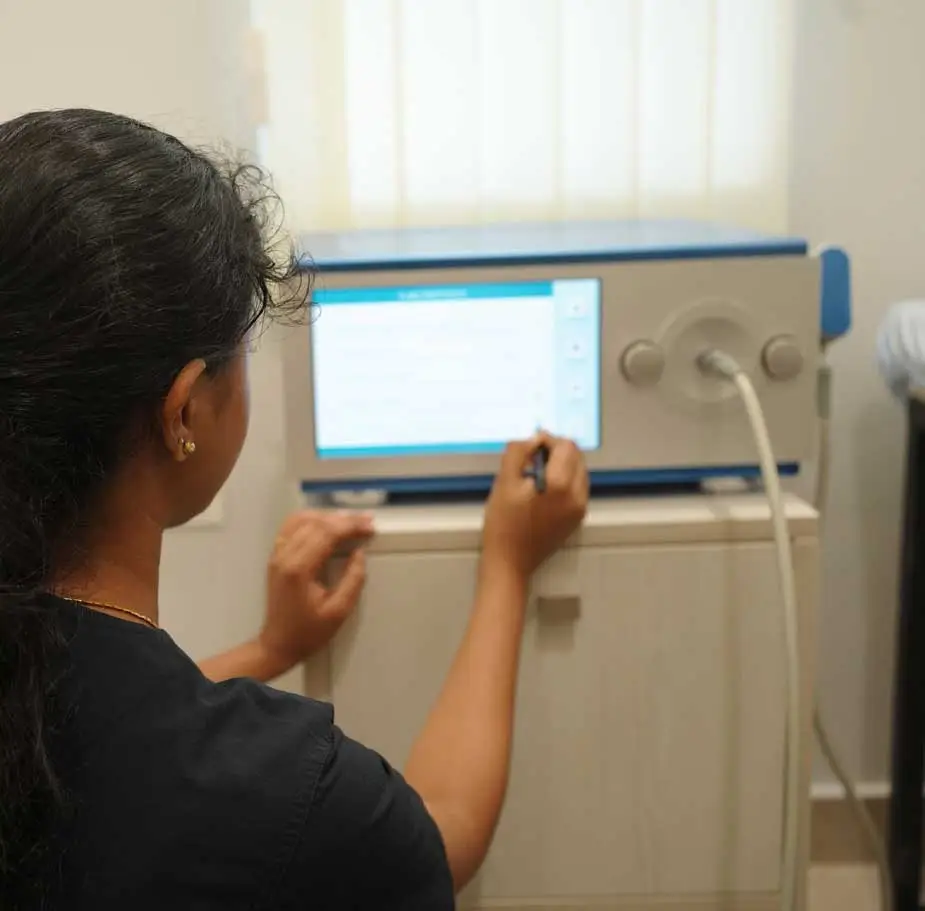ACL Tear
Symptoms
Symptoms of ACL tear may include:
A loud “popping” sensation in the knee
Severe pain and difficulty to continue the activity
Rapid swelling
Loss of range of motion
Instability or “giving way” with weight-bearing
Causes
The causes of ACL tear vary:
Sudden slowdown of activity and change in direction (cutting)
Diagnosis
X-rays-Needed to rule out a bone fracture.
Magnetic resonance imaging (MRI)- uses radio waves and a strong magnetic field to create images of both hard and soft tissues in your body. An MRI can show the severity of an ACL injury and signs of damage to other tissues in the knee, including the cartilage.
Treatments
Exercise is essential for the body, with proper precautions, sports injuries can often be prevented. The quality protective equipment in sports like padding, helmets, shoes, mouth guards- has helped to improve safety in sports. Always contact your healthcare expert before starting any type of physical activity, vigorous types of exercise, or sports activities.
There has been a significant change in the treatment of ligament injury. All sprains are treated initially with RICE regimen rest, ice therapy, compression bandage, elevation. This is enough for first-degree ligament injuries. Second and third-degree sprains are immobilized in a brace or a plaster cast for a period of 1-2 weeks, mainly for pain relief.
The main goal of physical therapy is to improve muscle strength, joint mobility, and range of motion. It includes pain management using modalities like IFT, US, and TENS.
Our Sports Injury Recovery Program incorporates an advanced modality called Pulsed Cell Repair Therapy (PCRT). PCRT directs a series of electromagnetic impulses through injured tissue. Each pulse induces a tiny electrical signal that stimulates cellular repair and harnesses the body’s own ability to heal itself. This natural signal promotes the body to repair damaged or worn tissues/cartilages and to maintain healthy and proper functioning of the joint.
Sometimes, because of aging, injury or disease, signals that are naturally produced by the body is disturbed. When this occurs, the body is unable to repair the damage itself. This results in pain, inflammation, and loss of proper function in the joint. PCRT is unique in that it mimics the body’s natural signal, activating the normal healing process and stimulates the growth and repair of the damaged tissue.
The treatment session is typically 9 to 12 days, first 9 days should be continuous without interval. Because of the regenerative process, patient is advised for rest without any vigorous movements in the joint. If the patient is in pain, we will manage with other electrical modalities and then start with PCRT. After the PCRT sessions, we begin with our muscle strengthening exercises and lifestyle modifications, approximately 3 to 4 weeks after completing the PCRT sessions, which helps the patient become functionally independent.
In addition to PCRT, we also use Extracorporeal Shockwave Therapy (ESWT), which is another advanced modality for the treatment of musculoskeletal conditions and its very effective in treating ligament injuries. ESWT uses sound waves (high amplitude pulses of mechanical energy) to breakup infected tissues and stimulate the rapid healing process.

